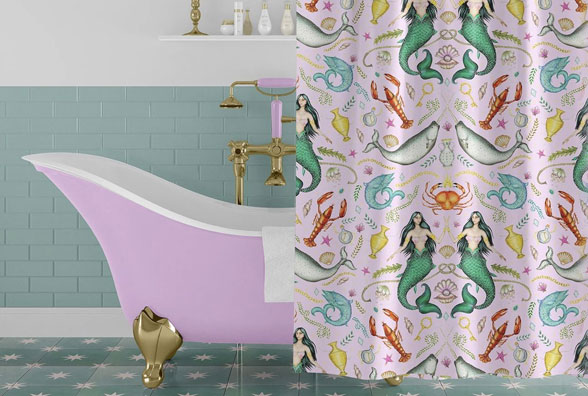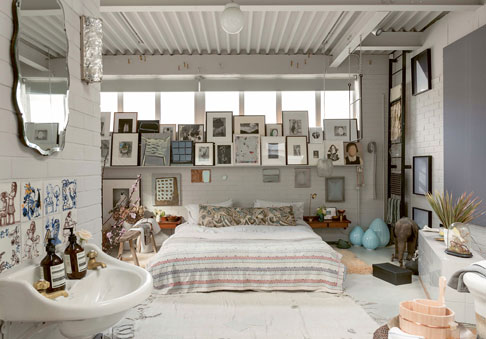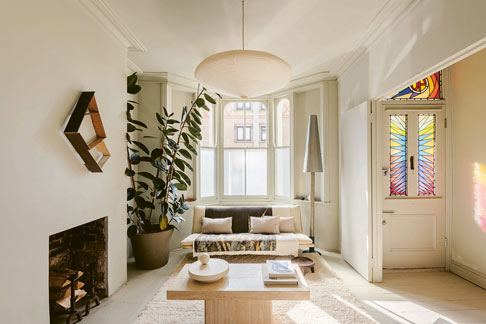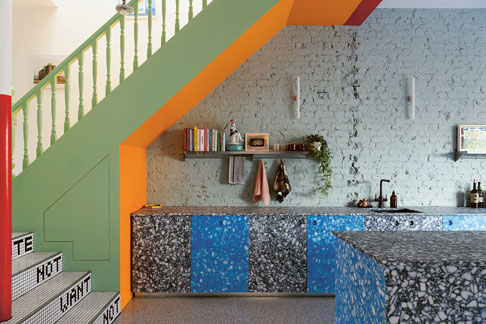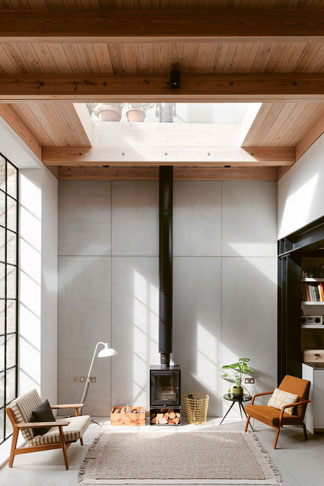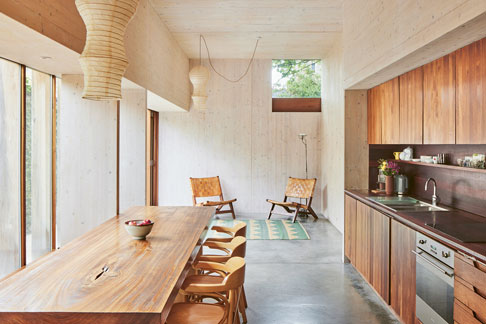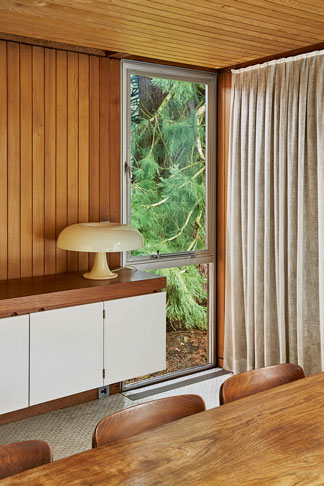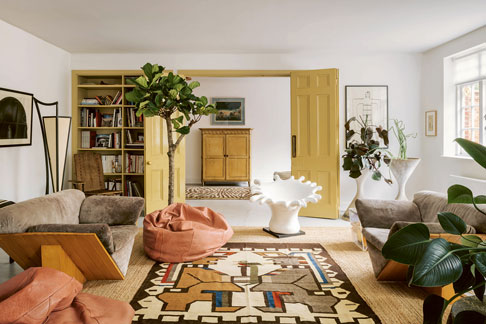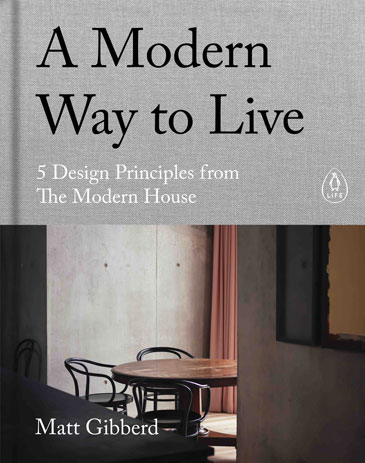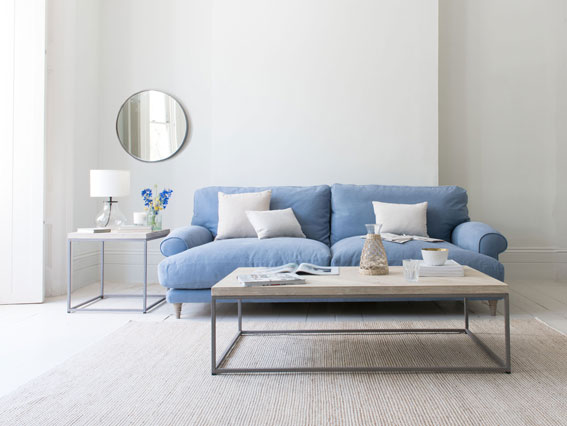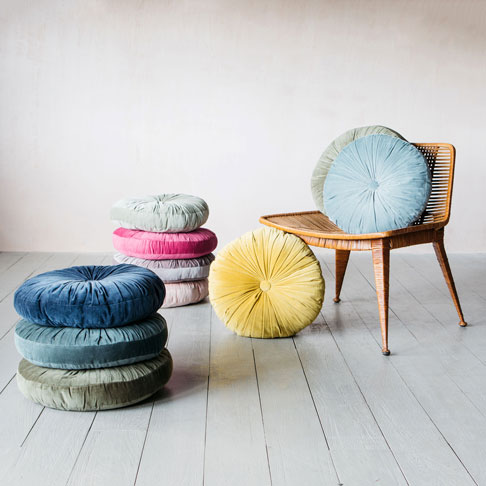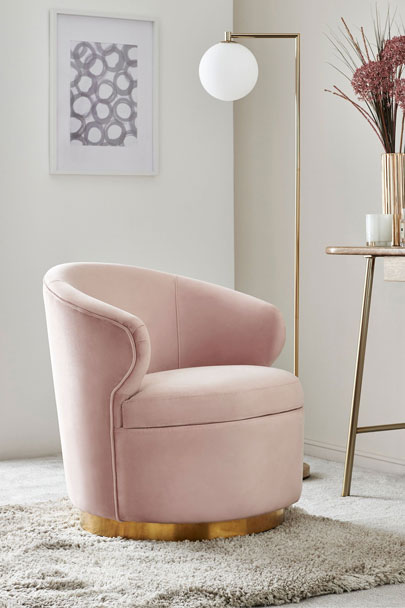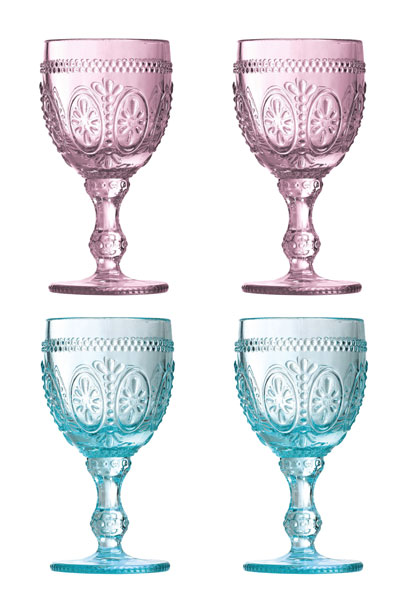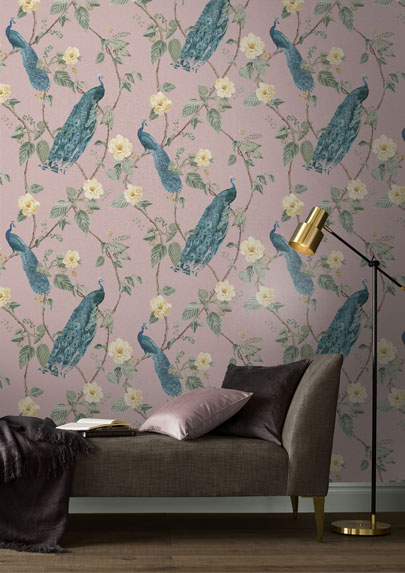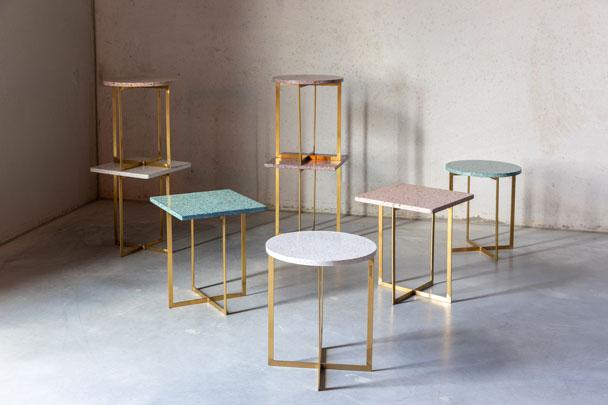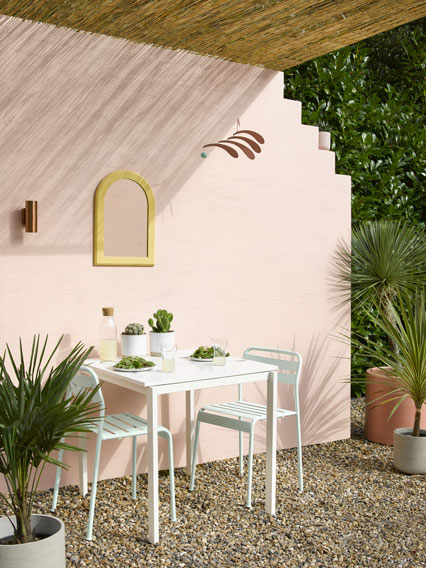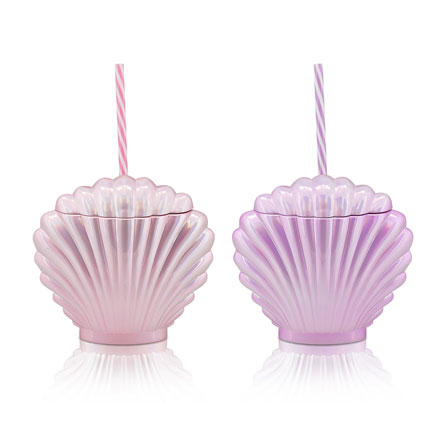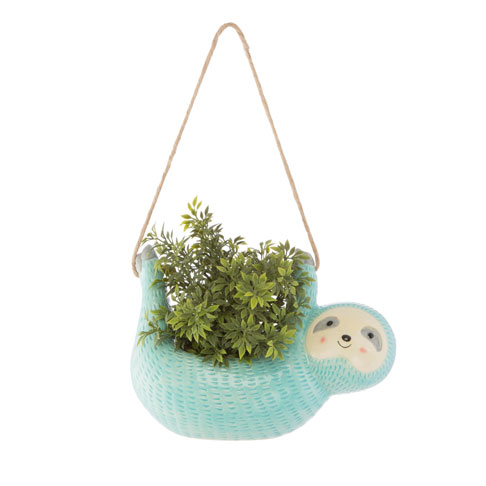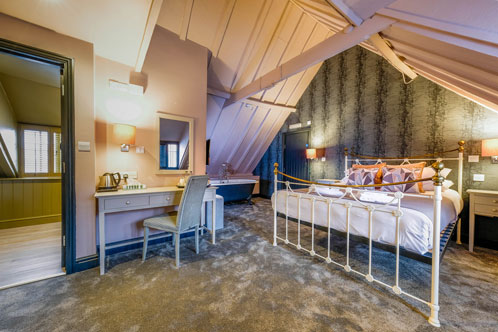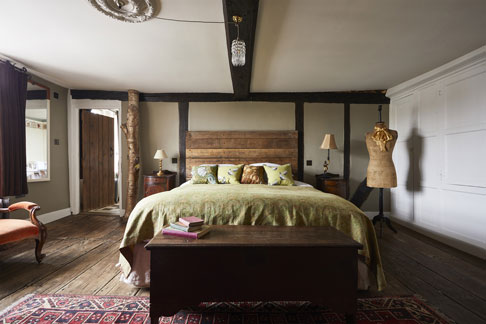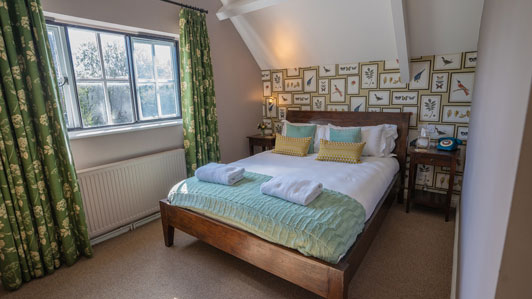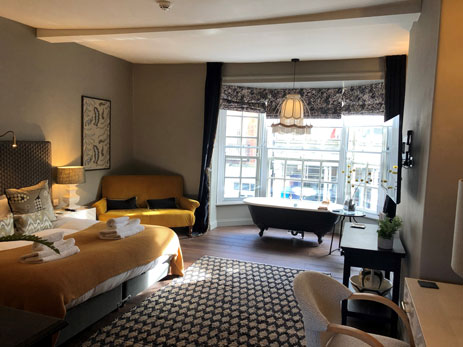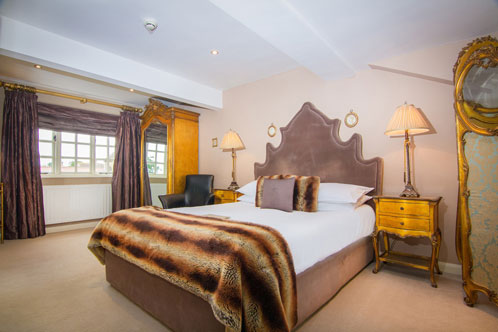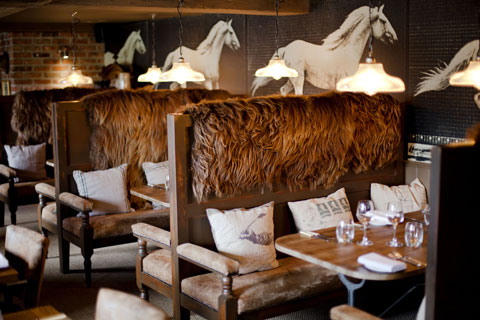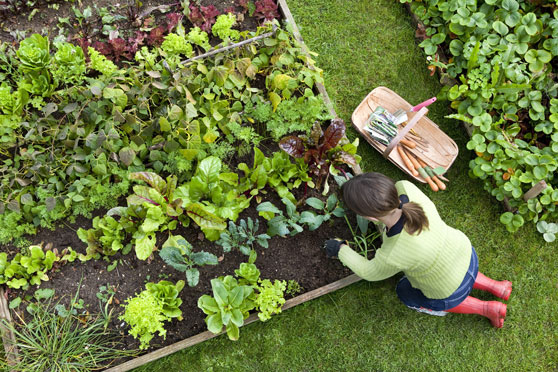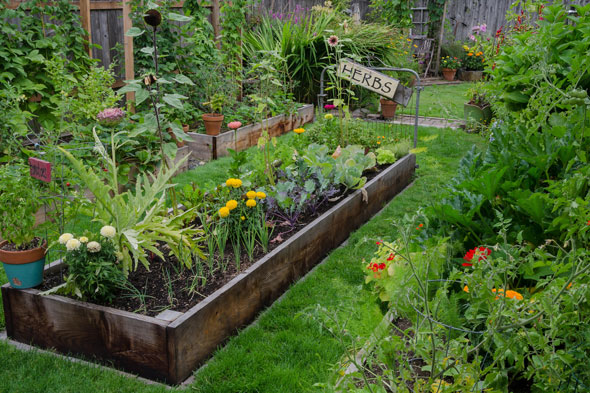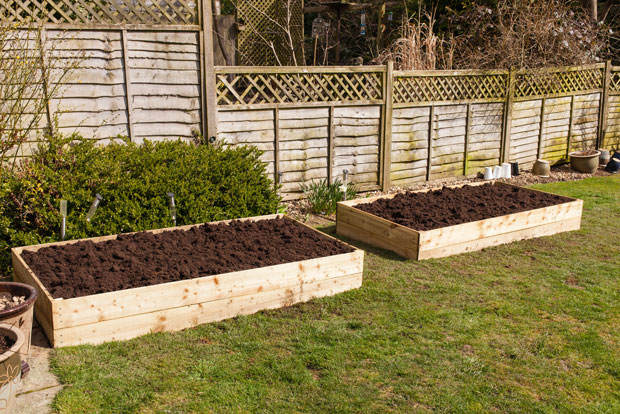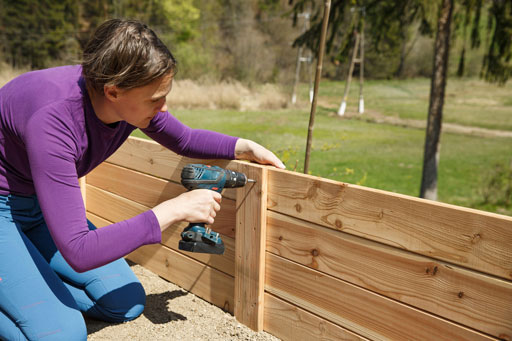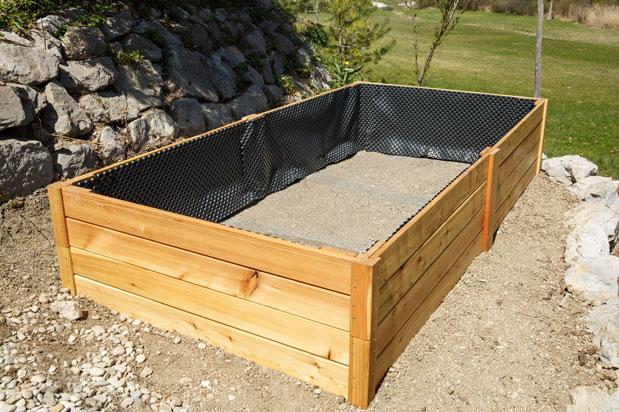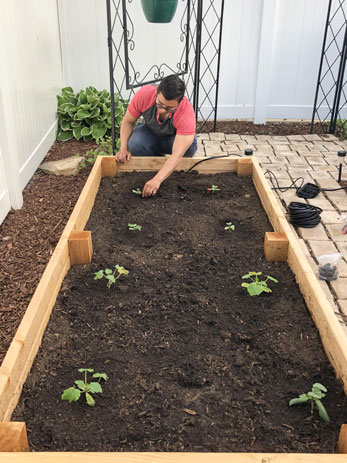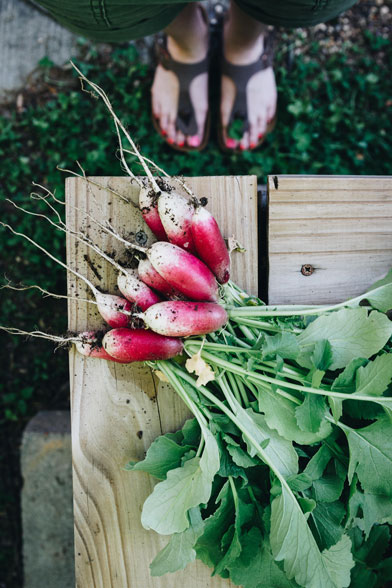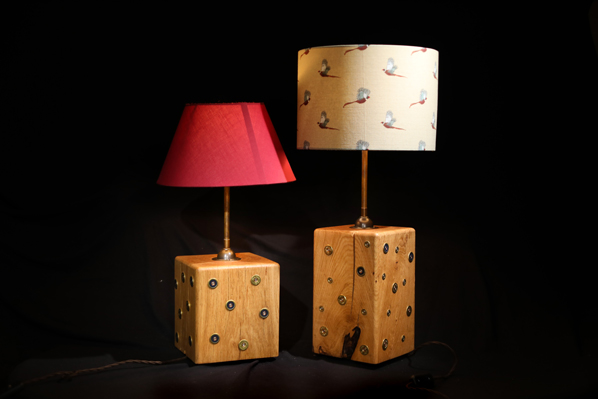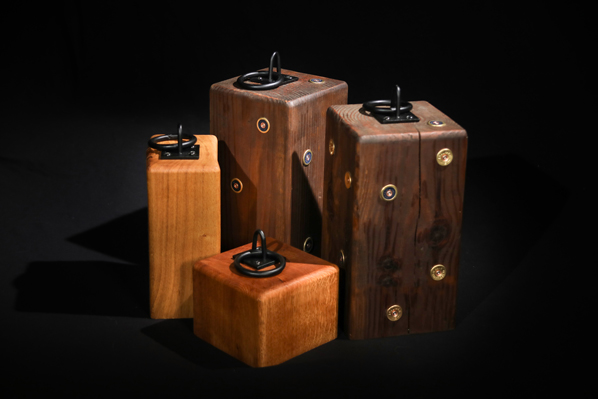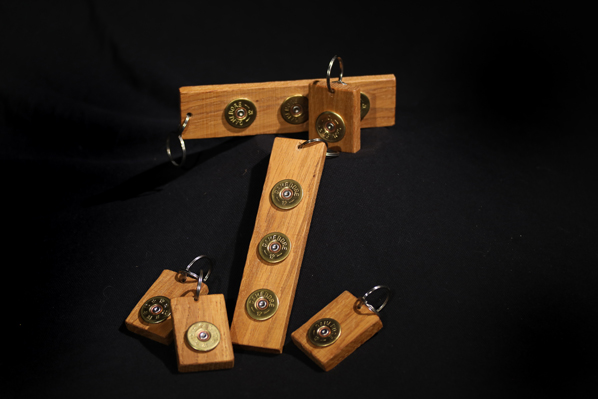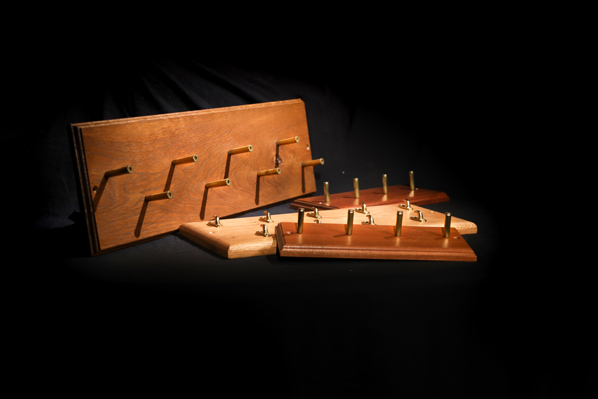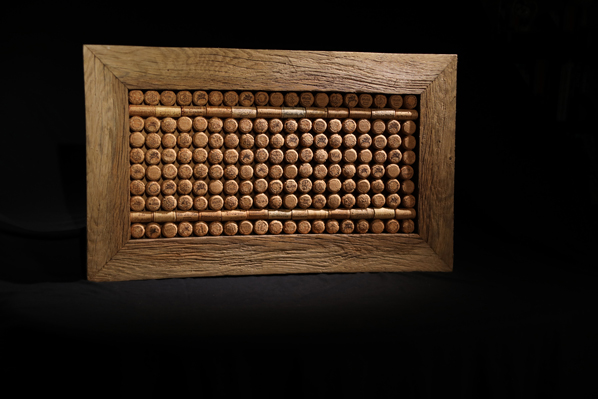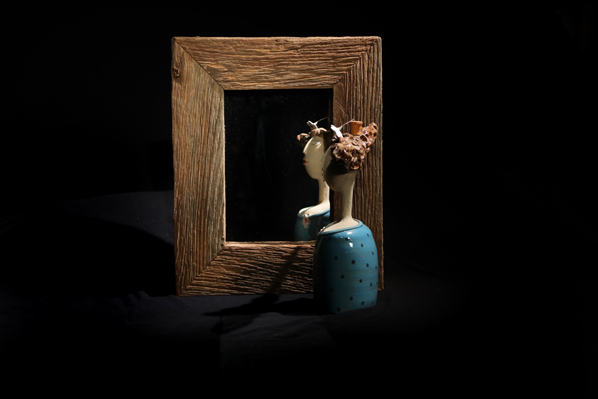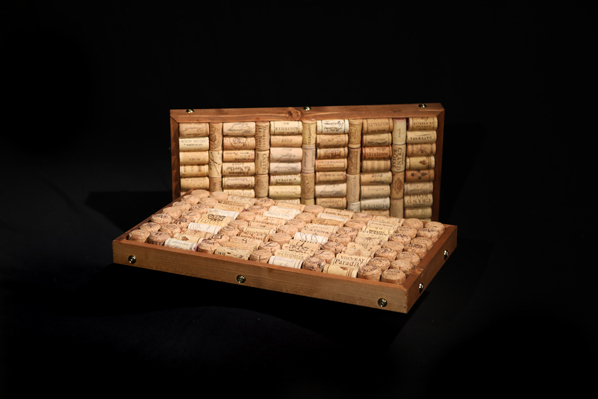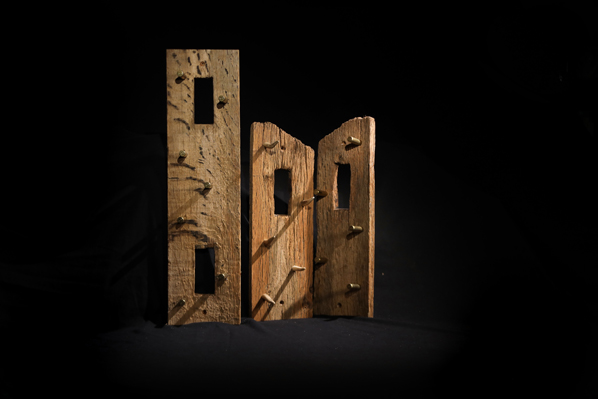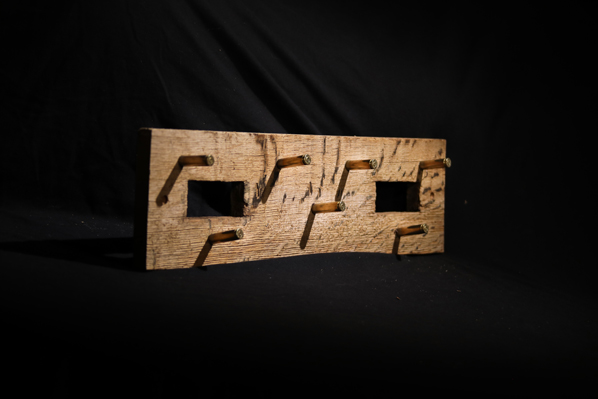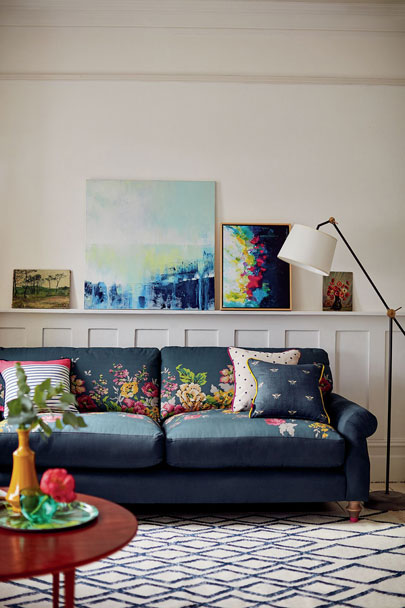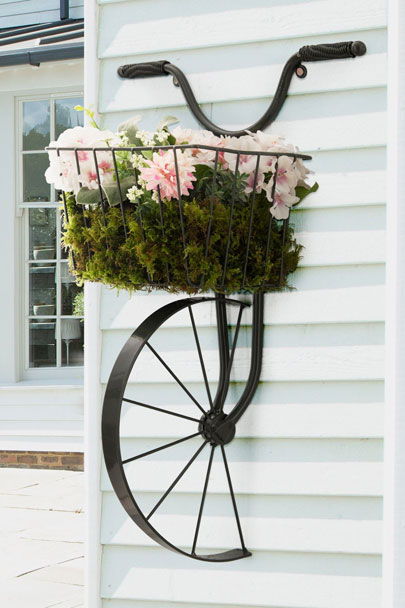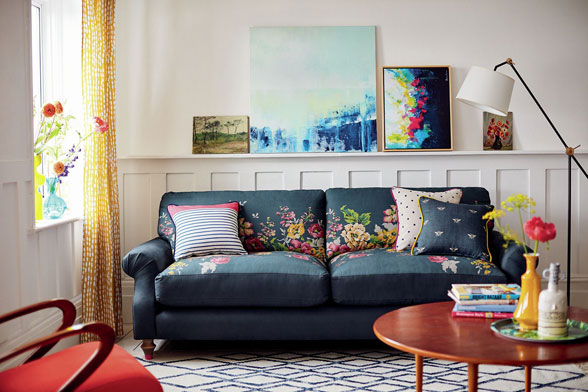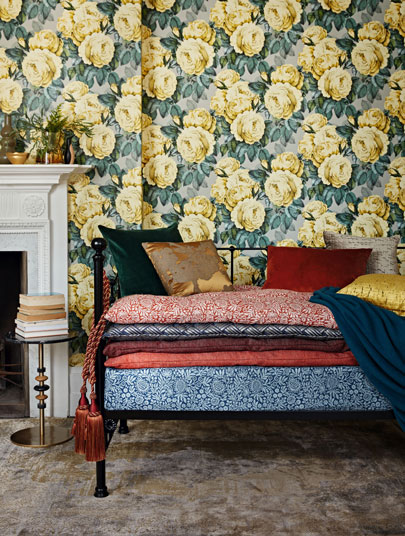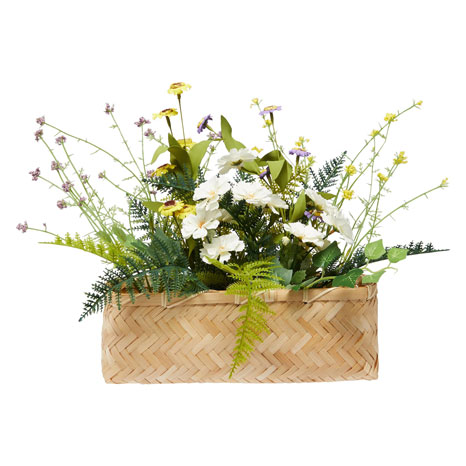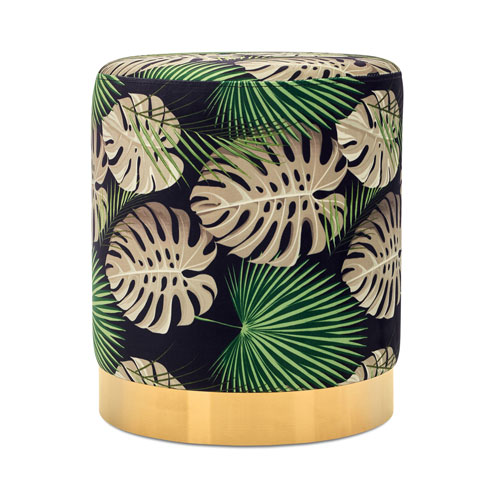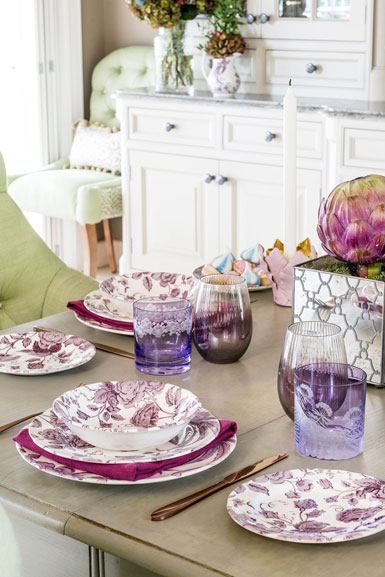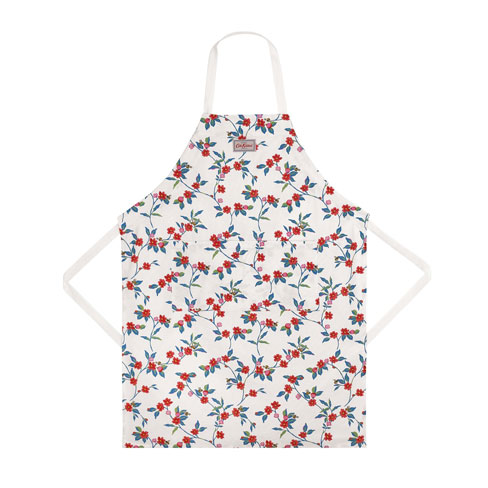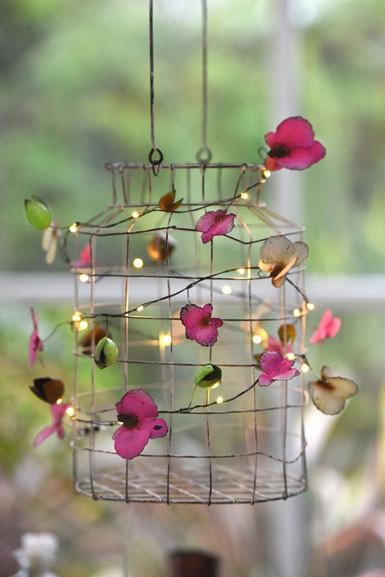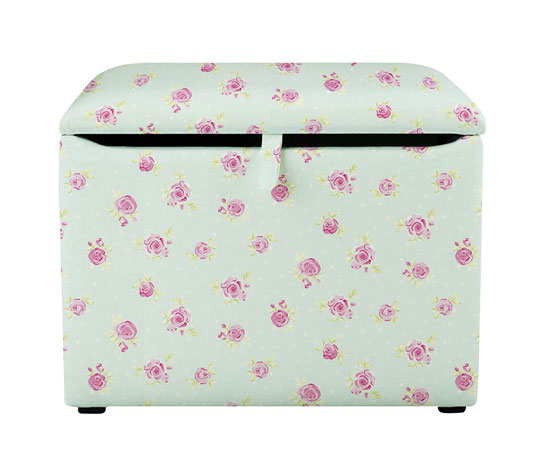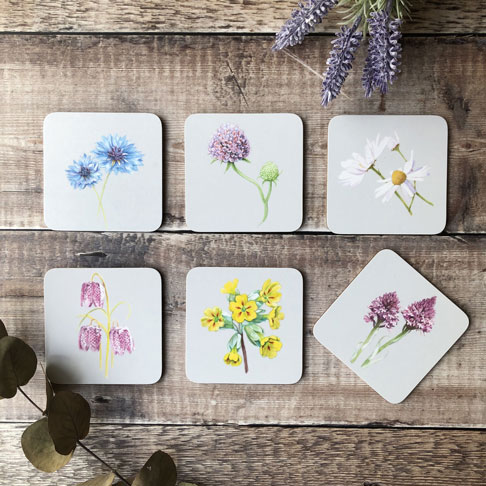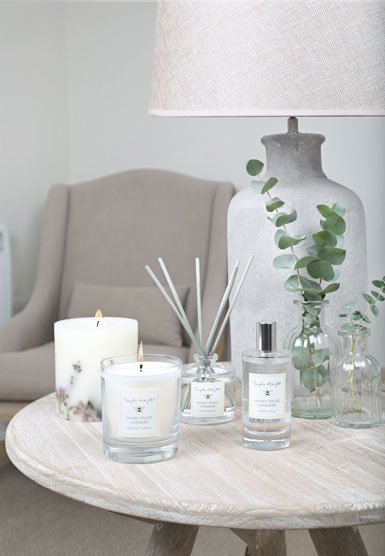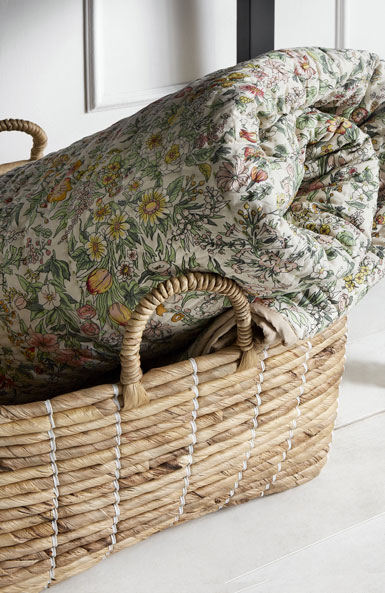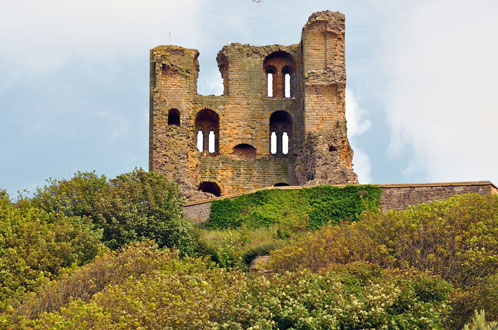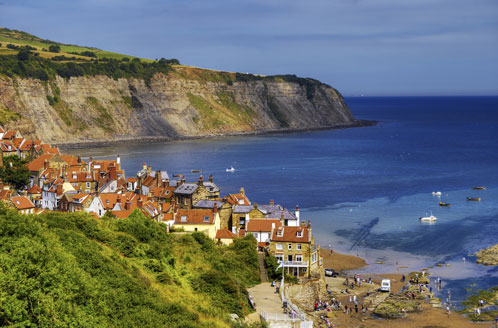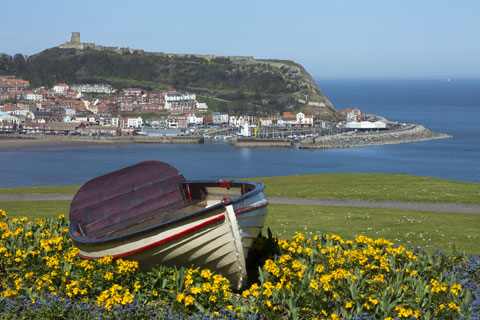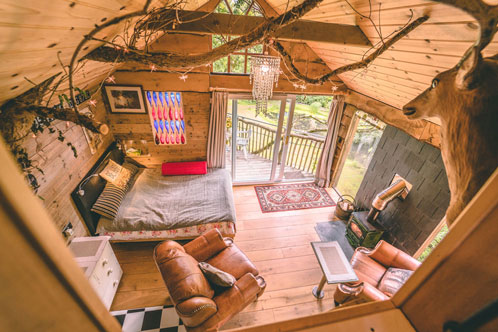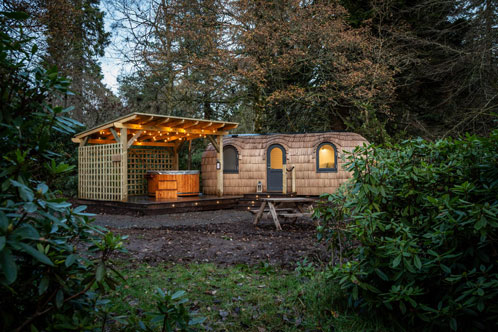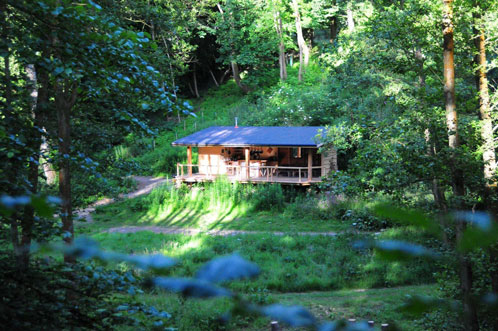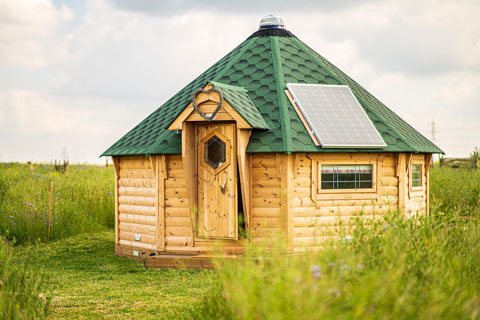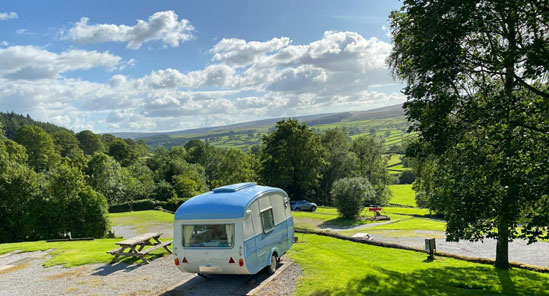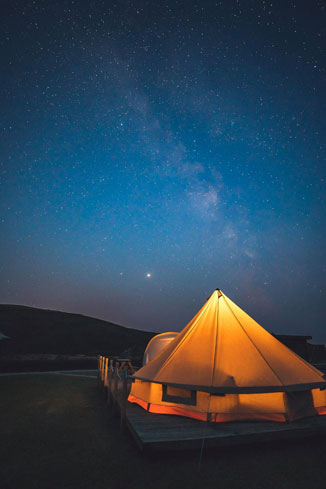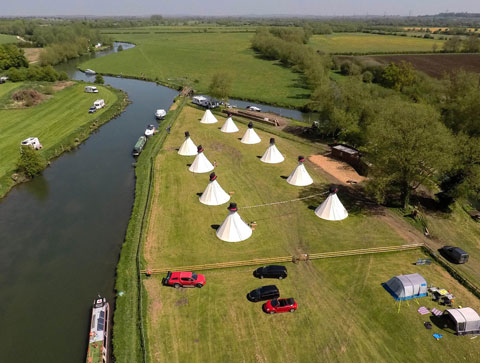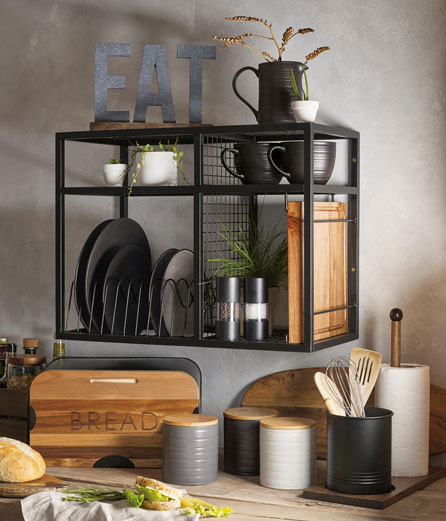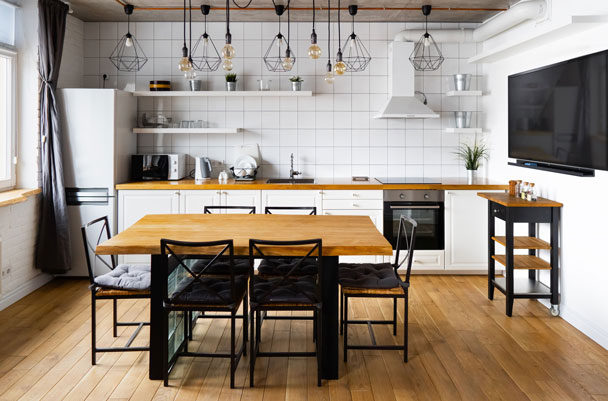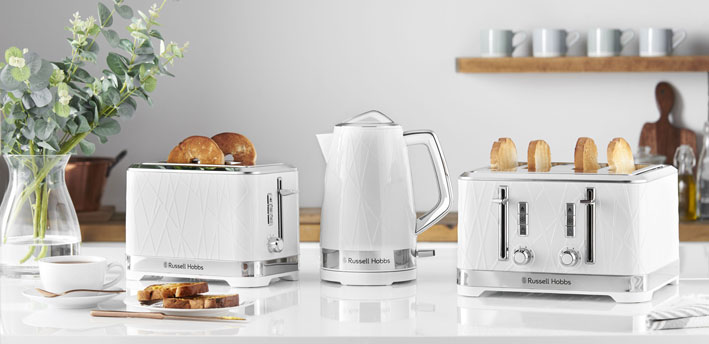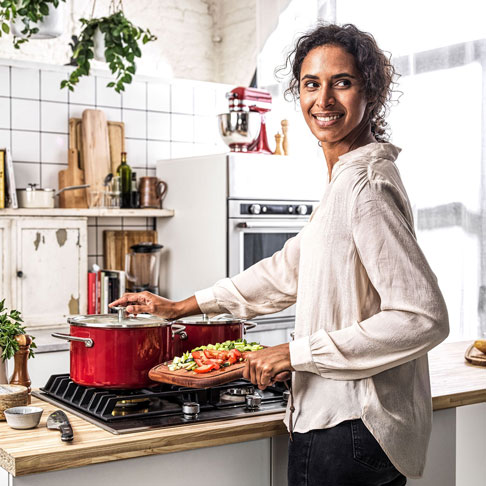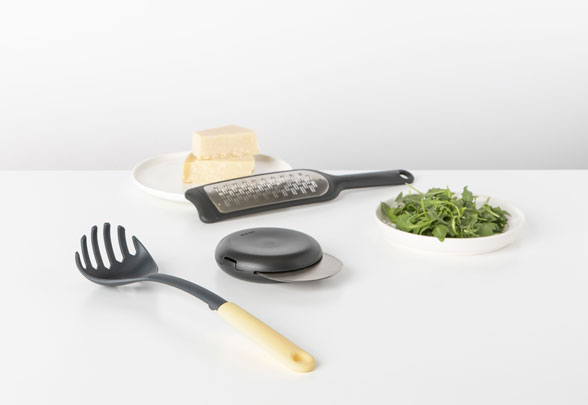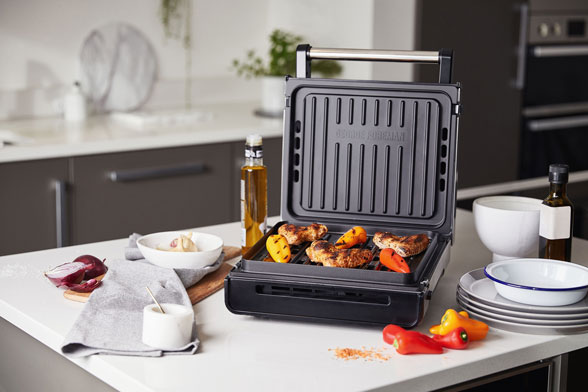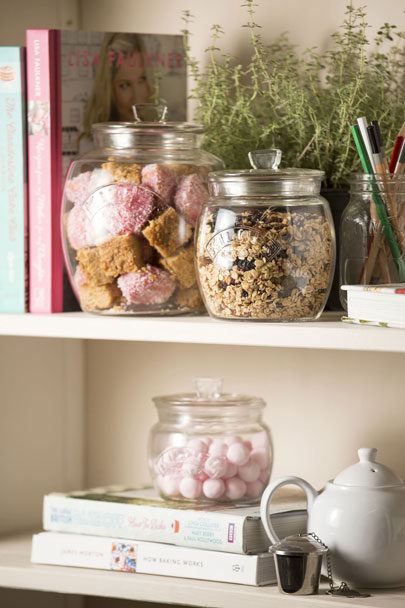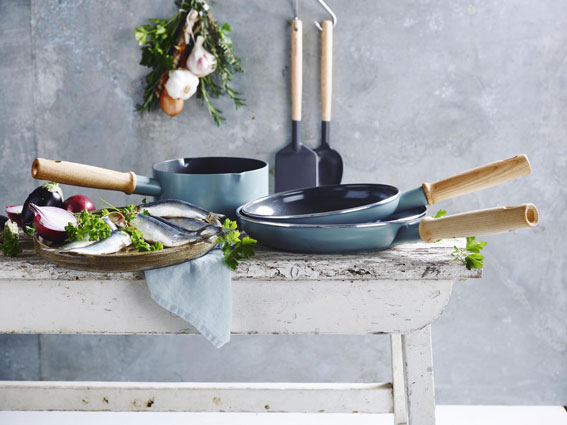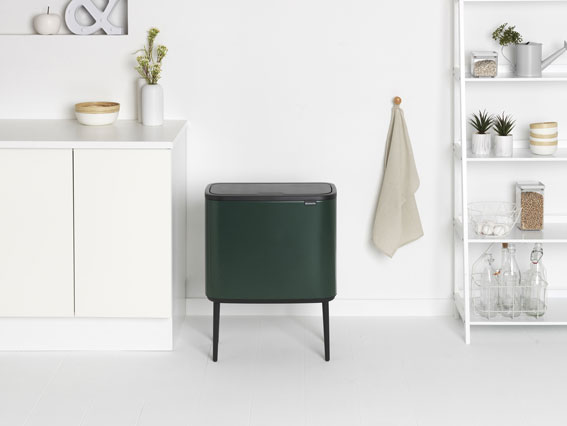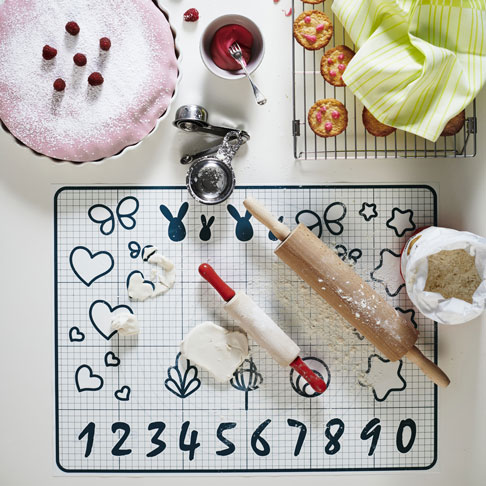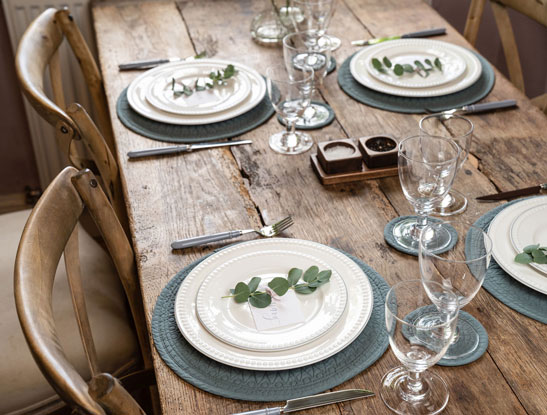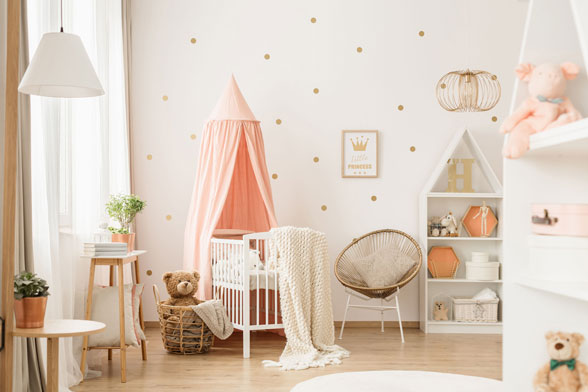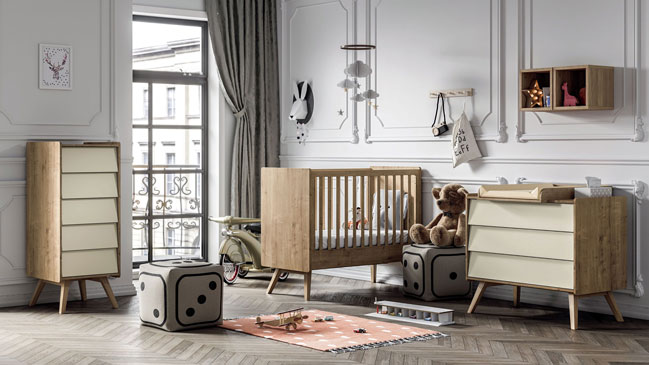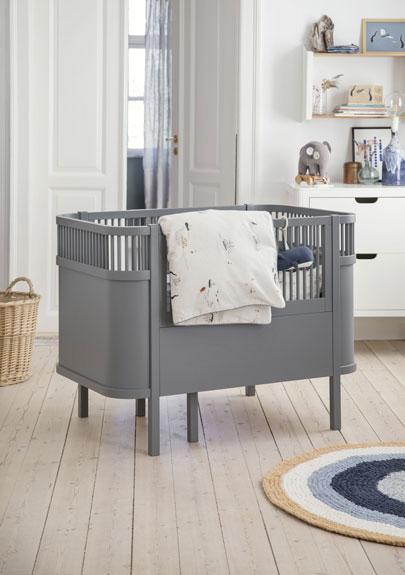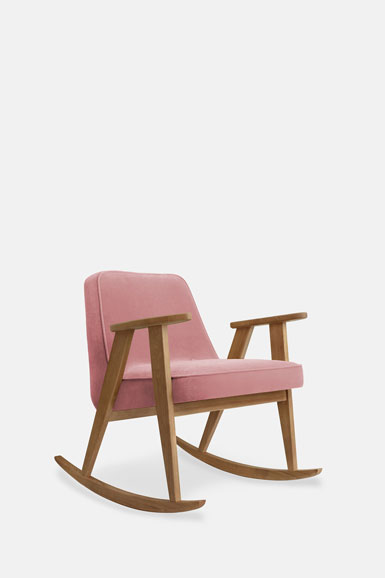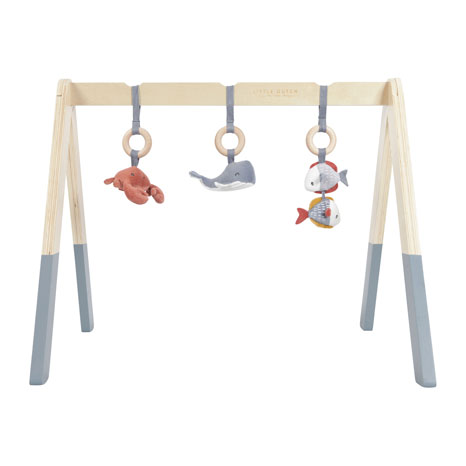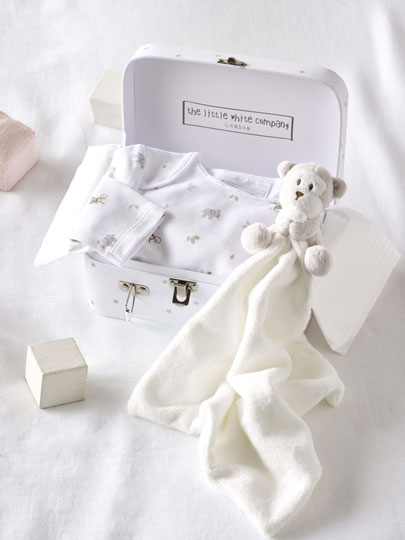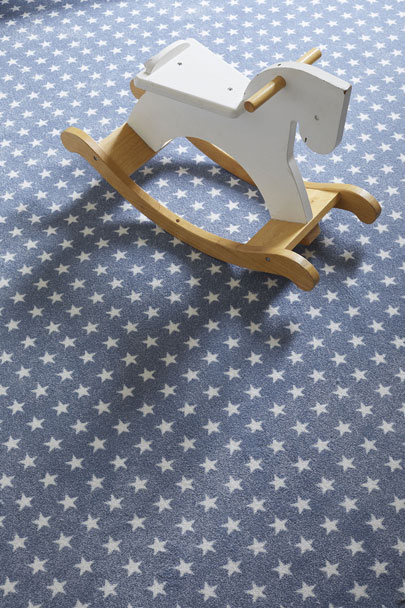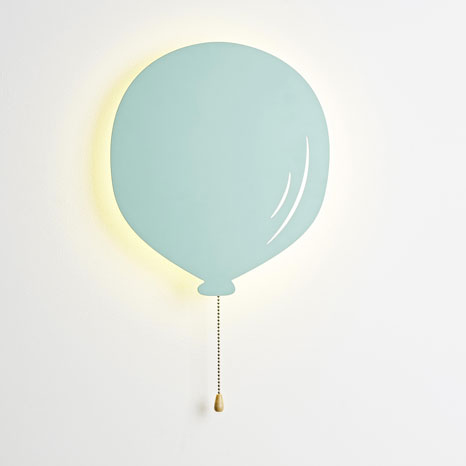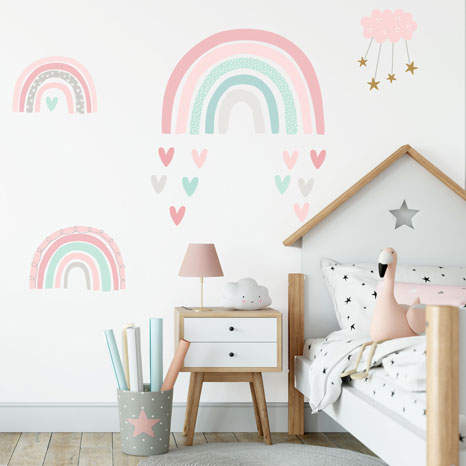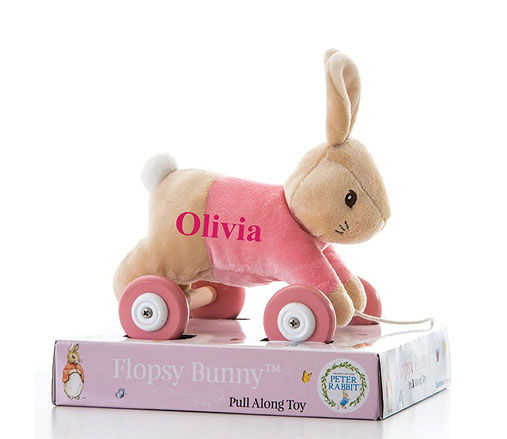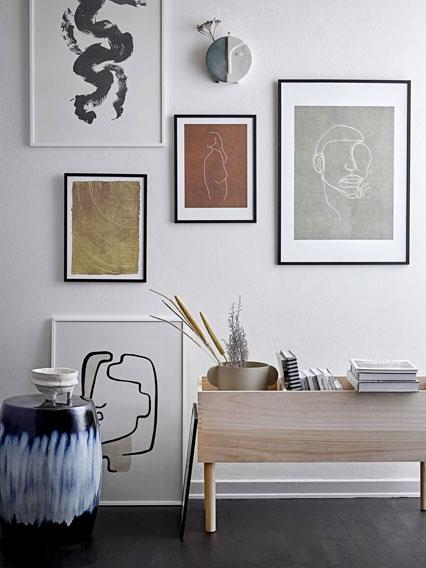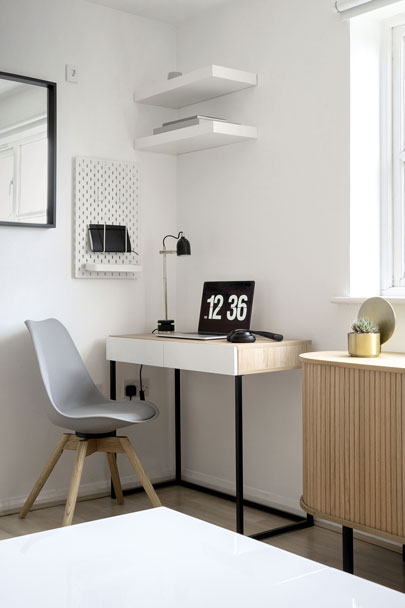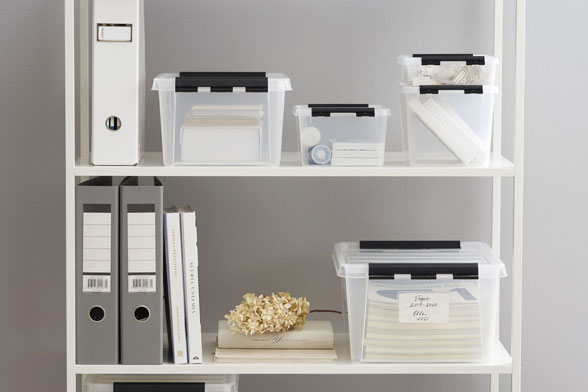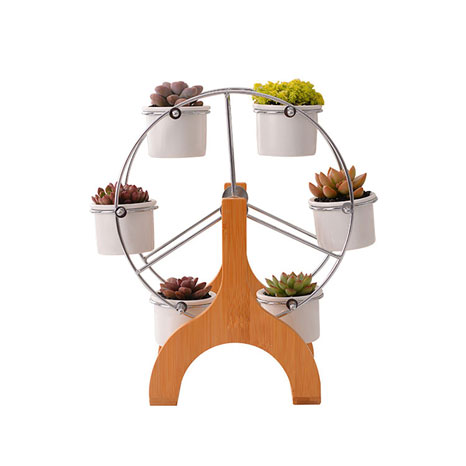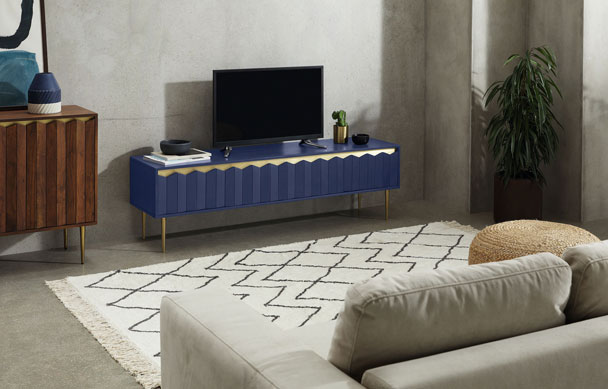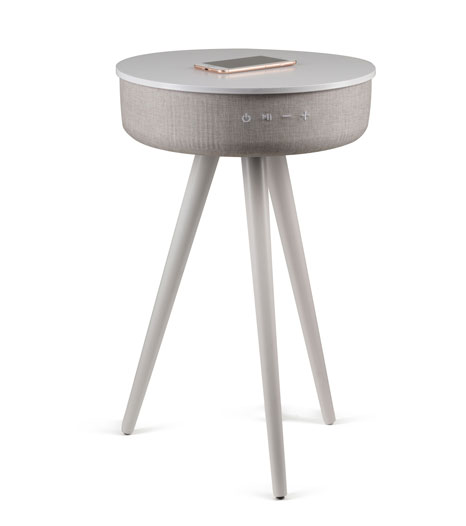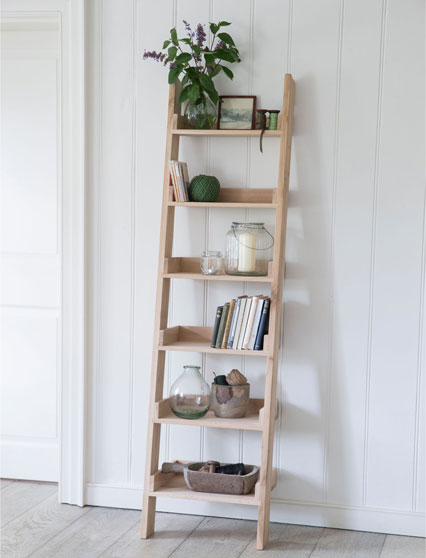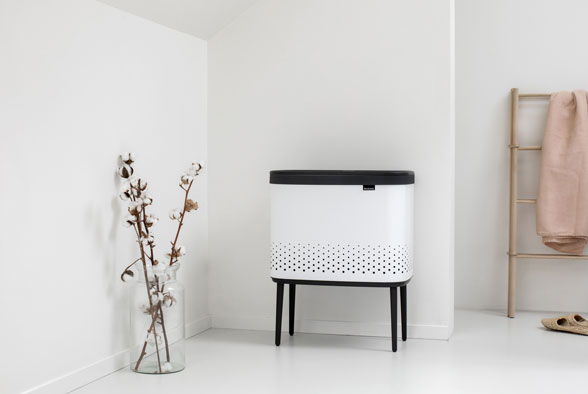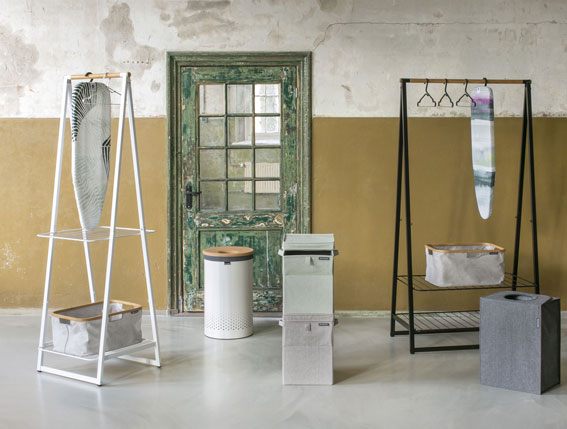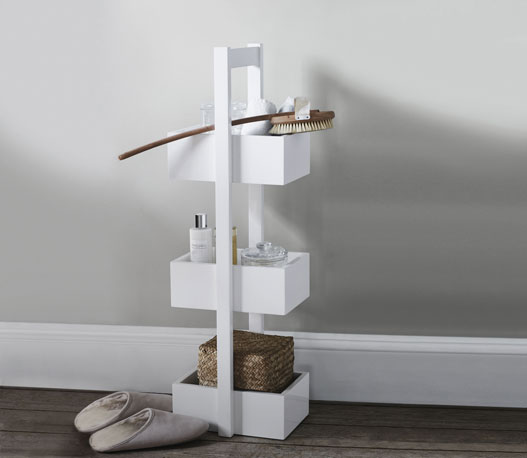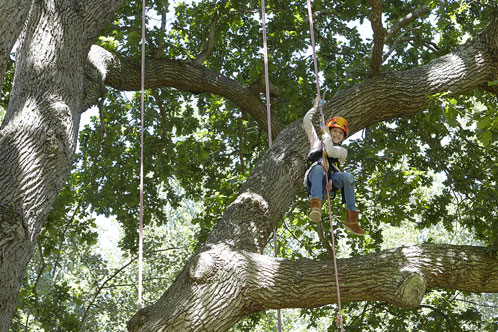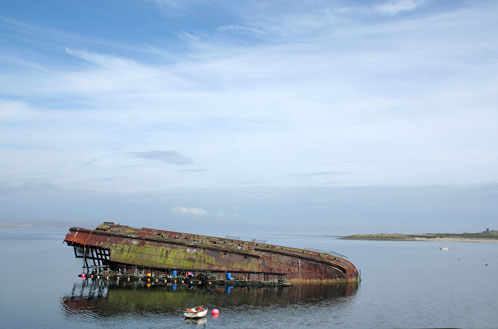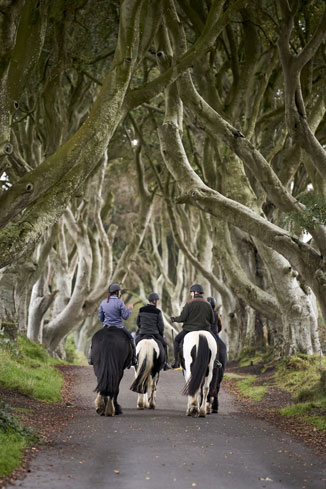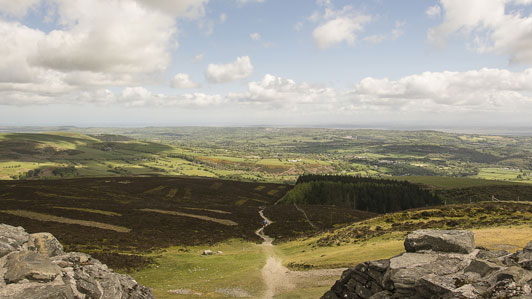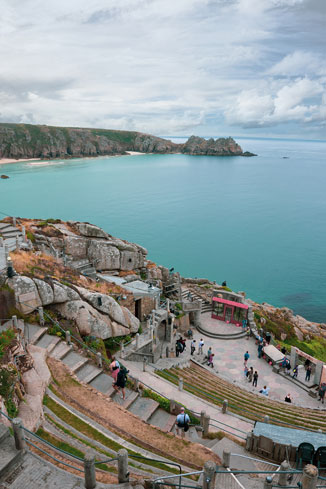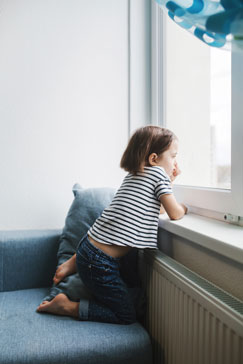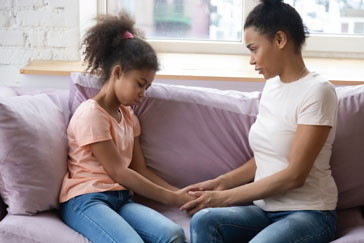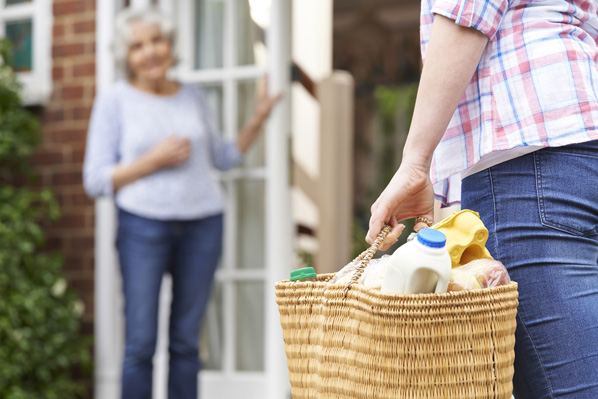Want to make more of this often overlooked room? Think sharp and showy, says Sam Wylie-Harris.
When it comes to making our rooms work harder, perhaps it’s time to stand back and see the bigger picture in the bathroom.
A place where we can escape the day-to-day and take time out for ourselves, this haven also has the potential to be pivotal in our decorative prowess – but all too often they’re last on our list when it comes to home styling.
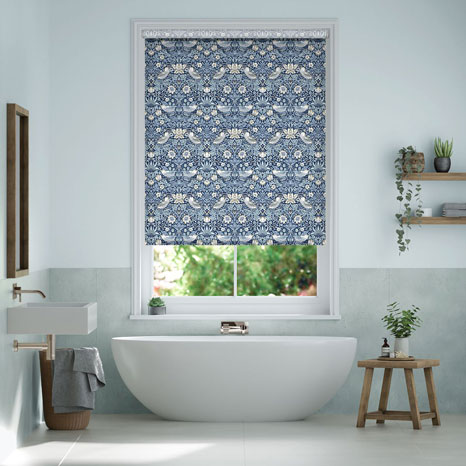
“I ask clients to start by looking at the bathroom with their living room eyes,” says Emma Merry, director of Emma Merry Styling (emmamerrystyling.com) and an interior designer on Houzz.co.uk, the home renovation and design platform.
“Think of it as a place to relax with luxe touches. A space that evokes the feeling of rest and rejuvenation, but you can definitely still have fun with the design.
“We aim to tap into all the senses, such as the tactile elements of natural stone and timbers, or the aromatic scents from natural oil steam diffusers set into purpose-built niches around the bath,” says Merry. “And finally, the visual impact of statement pieces.”
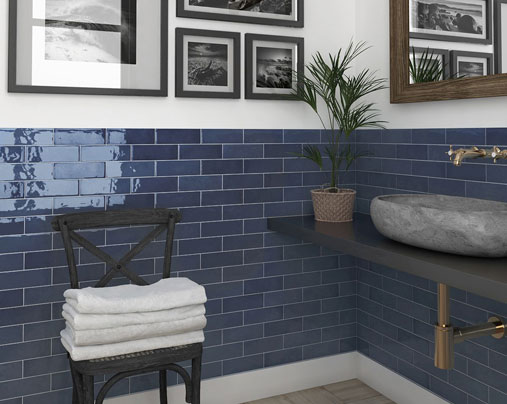
Many of us have taken a step away from the functional all-white space over the last few years, with homeowners and designers on Houzz making bolder design choices, investing more in their wash space and embracing a more varied palette.
“In 2021, the term ‘blue bathroom’ shot up by 170% in searches and the term ‘pink bathroom’ doubled in popularity, while ‘green tiled bathroom’ saw an increase of more than a third,” says Victoria Harrison, editor, Houzz.co.uk.
“Dark tones are also proving popular, with searches for ‘black shower’ rising significantly.”
Blending function with flair, if you’d like to dip your toe into a more maximalist bathroom design, professionals on Houzz recommend starting with the cloakroom or downstairs toilet (if you have one separate to the main bathroom).
“This smallest room is the perfect place to have some fun, whether you choose a dramatic wallpaper, interesting tiling or a gold ceiling, the options are endless,” suggests Harrison.
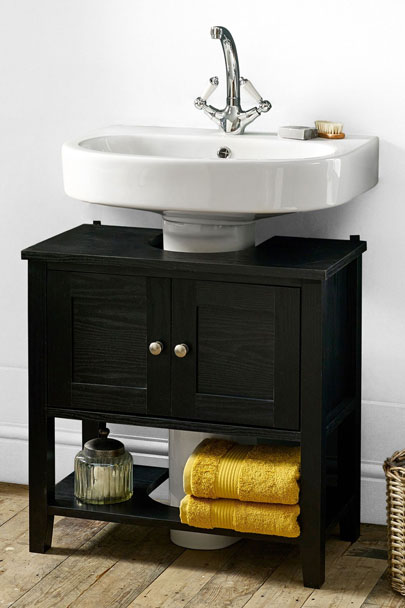
Think out of the bathroom box
“Just as living rooms, bedrooms and dining rooms become hybrid spaces to enable working from home, our bathrooms are also spaces that should work hard and offer versatility,” says Lauren Kavanagh, Hovia’s creative designer.
“Consider flexible, multi-use pieces for your bathroom to optimise the space you have,” Kavanagh adds.
“Cater for more compact bathrooms by opting for vanity units that feature removable storage baskets, or boxes that can be moved or adapted with use over time.”
Remember, there might be pockets of space that can be used up more wisely – like beneath a sink or basin.
Depending on your budget, don’t feel like everything needs to focus on the bath tub, even though we’d all love to slip effortlessly into a luxurious freestanding bath. But there’s a whole room to play with.
“I’ve built a design around a sink before,” says Merry. “We started with a one-of-a-kind terrazzo basin, which we wall mounted with satin brass taps, and we let this be the focal point for the room. Paired with a muted colour palette of soft sage and creamy taupe, we laid the tiles in a stripe pattern in key areas of the room.
“The overall effect is still a calming space,” she adds, “but the design is that little bit more exciting and allows the beauty of that key piece to shine.”
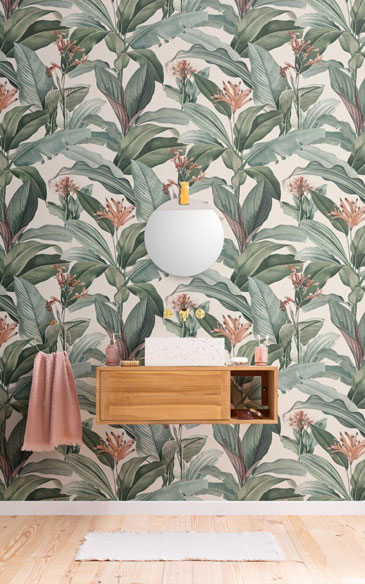
Create a wonder wall with tiling or wallpaper
Focusing attention on the walls is a perfect way to jazz up a bathroom, with scope to really create an impact if you go for a bold, striking design.
“Incorporating a tile with a striking print can instantly refresh your bathroom space,” says Kavanagh. “Pair bold tiles with colour block walls, for a contrasted look that excites the eye but isn’t overwhelming in a small space.”
Larger thank life and another game-changer, Kavanagh says patterned geometric, botanical or texture effect wallpaper is a great way to bring in personality, warmth and character.
“Also, experiment with cork for its natural beneficial properties for this room, such as its resistance to mould and mildew.”
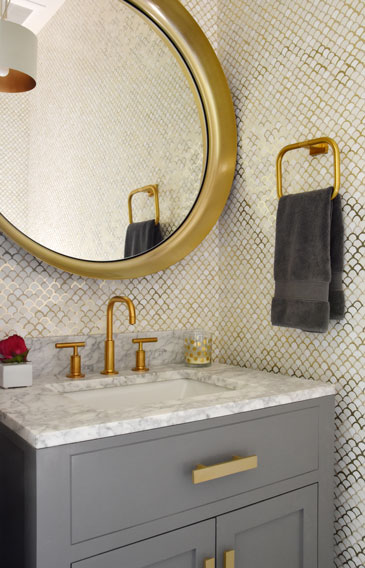
Colour code and accessorize
As Kavanagh puts it: “Use confident colours as a simple yet impactful way to create bathrooms with personality. An effective way to go bold in bathrooms is to strike a balance between brights and more muted tones, which brings newness to staple pieces.
“Instantly modernise a space with towelling, bathroom fixtures and hard accessories in solid, more primary colours.
“Combine multiple textures to create a playful, maximalist atmosphere,” adds Kavanagh. “Try mosaic surfaces, rattan baskets, wooden accessories, woven rugs, or fill empty spaces with house plants that thrive in damp conditions.”
And if the budget is tight and a complete restyle is out of the question, there are lots of ways to update a look by switching up accessories.
“If you’re low on cupboards, try hanging storage,” suggests Kavanagh. “Hanging baskets in the shower and on the walls is a fun, creative way to keep all of your toiletries and towels tidy.
“It’s also a much simpler DIY option if the thought of putting up shelves makes you panic!”

